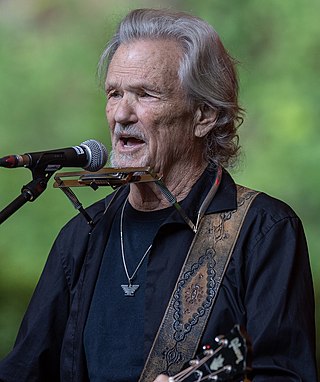
Kristoffer Kristofferson is an American retired country singer, songwriter and actor. Among his songwriting credits are "Me and Bobby McGee", "For the Good Times", "Sunday Mornin' Comin' Down", and "Help Me Make It Through the Night", all of which were hits for other artists.
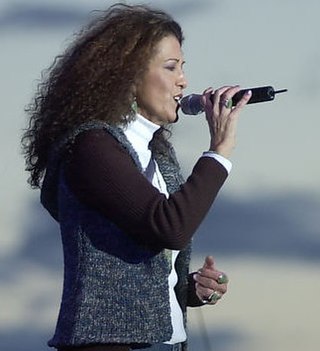
Rita Coolidge is an American recording artist. During the 1970s and 1980s, her songs were on Billboard magazine's pop, country, adult contemporary, and jazz charts, and she won two Grammy Awards with fellow musician and then-husband Kris Kristofferson. Her recordings include "(Your Love Keeps Lifting Me) Higher and Higher," "We're All Alone", "I'd Rather Leave While I'm in Love", and the theme song for the 1983 James Bond film Octopussy: "All Time High".
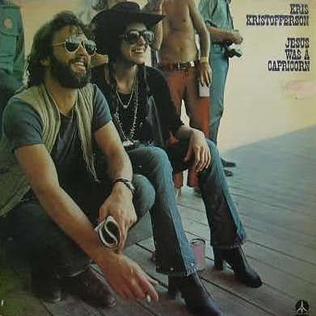
Jesus Was a Capricorn is the fourth album by Kris Kristofferson, released in 1972 on Monument Records. The album cover pictures Kristofferson and his soon-to-be wife Rita Coolidge. "Why Me" reached #1 on the Country singles charts.

Live at the Philharmonic is a live album by Kris Kristofferson, released on Monument Records in 1992. Performed at Philharmonic Hall in New York City on December 2, 1972, the concert followed the release of Kristofferson's successful Jesus Was a Capricorn. Aside from several songs from the latter, the singer performed a number of new pieces, as well as a few of his well-known hits such as "Sunday Mornin' Comin' Down" and "Me and Bobby McGee". Guest artists included Willie Nelson, who was a little-known personality in country music at the time, Rita Coolidge, Kristofferson's future wife, and Larry Gatlin, whose career was in its starting phases.

Who's to Bless and Who's to Blame is the sixth solo album by Kris Kristofferson, released in 1975 on Monument Records. Its title track is quoted in the Johnny Cash song "The Man Comes Around" from the 2002 album of the same name. The song "Stranger" was covered as a duet by Johnny Duncan and Janie Fricke, and their version reached #4 on the U.S. country chart in 1976.
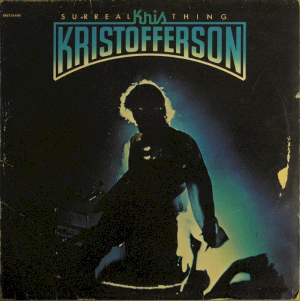
Surreal Thing is the seventh solo album by Kris Kristofferson, released in 1976 on Monument Records. "Killing Time" and "The Golden Idol" are re-recordings of songs that were originally released as a single in 1967.

Easter Island is the eighth solo album by Kris Kristofferson, released in 1978 on Monument.
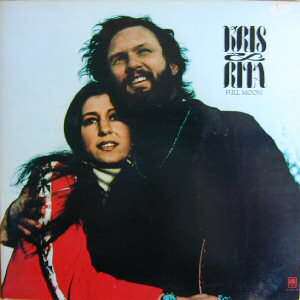
Full Moon is a duet album by Kris Kristofferson and Rita Coolidge, released in September 1973 on A&M Records. It is the first of three duet albums by the couple, who married weeks before the album's release, and arguably the best. Unlike Kristofferson solo albums, it features several covers.
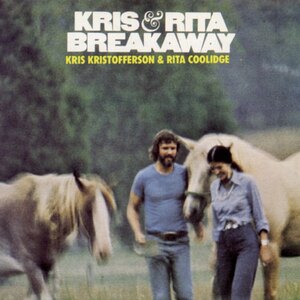
Breakaway is the second duet album by Kris Kristofferson and Rita Coolidge, released in 1974 on Monument Records. It is one of three duet albums by the couple. Unlike Kristofferson solo albums, it features several covers. "I've Got to Have You" and "I'd Rather Be Sorry" had both previously been hits for other artists; they appear here by Kristofferson for the first time.
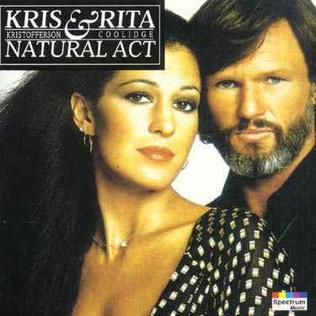
Natural Act is the third and final duet album by Kris Kristofferson and Rita Coolidge, released in 1978 on A&M Records. The couple would divorce the following year. The album was released while Coolidge's career was at a peak; her recent albums Anytime...Anywhere and Love Me Again had seen much commercial success. Natural Act is Kristofferson's only album to chart in the United Kingdom.

Shake Hands with the Devil is the ninth solo album by Kris Kristofferson, released in 1979 on Monument Records. Several of the songs on the album were written by Kristofferson years before its release.

To the Bone is an album by Kris Kristofferson, released in 1981, his last for Monument Records. It is his first album after his divorce from Rita Coolidge, and many of its songs deal with relationship decline. "Nobody Loves Anybody Anymore" became a minor hit.

The Lady's Not For Sale is a 1972 album by Rita Coolidge, and was released on the A&M Records label, AMLH 64370. It was later reissued on the Music For Pleasure label, MFP-50500. The inner gatefold photo was shot on location by Terry Paul at Stonehenge in the English county of Wiltshire.

Anytime...Anywhere is the sixth album by Rita Coolidge released in 1977 on the A&M Records label. The album is her most successful, reaching #6 on the Billboard 200 and having been certified platinum. The album spawned three Billboard top twenty hits; a cover of Boz Scaggs' "We're All Alone" (#7), a cover of The Temptations' "The Way You Do The Things You Do" (#20), and the album's biggest hit, "(Your Love Has Lifted Me) Higher and Higher" (#2), a remake of Jackie Wilson's "(Your Love Keeps Lifting Me) Higher and Higher".

Fall into Spring is a 1974 album by Rita Coolidge and was released on the A&M Records label.
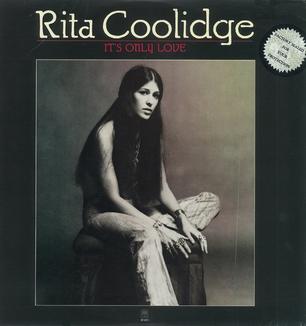
It's Only Love is a 1975 album by Rita Coolidge and was released on the A&M Records label.
Sammy Lee Creason was an American session drummer who played with Tony Joe White, Kris Kristofferson and Bob Dylan amongst others.

A Star Is Born is the soundtrack album to the 1976 musical film of the same name, performed by its stars Barbra Streisand and Kris Kristofferson. The album was very successful, holding the number-one spot on the US Billboard 200 chart for six weeks and eventually was certified 4× Platinum by the RIAA for more than four million units shipped and has sold a total of eight million copies worldwide.

The Complete Monument & Columbia Album Collection is a box set by country singer/songwriter Kris Kristofferson, released in 2016 on Columbia Records and Legacy Recordings.
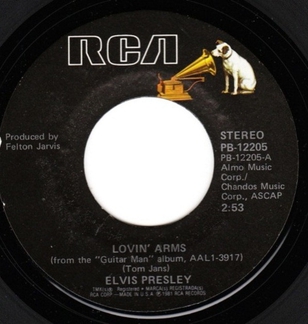
"Loving Arms" is a song written by Tom Jans and first recorded as a duet by Kris Kristofferson and Rita Coolidge for their 1973 album Full Moon.



















